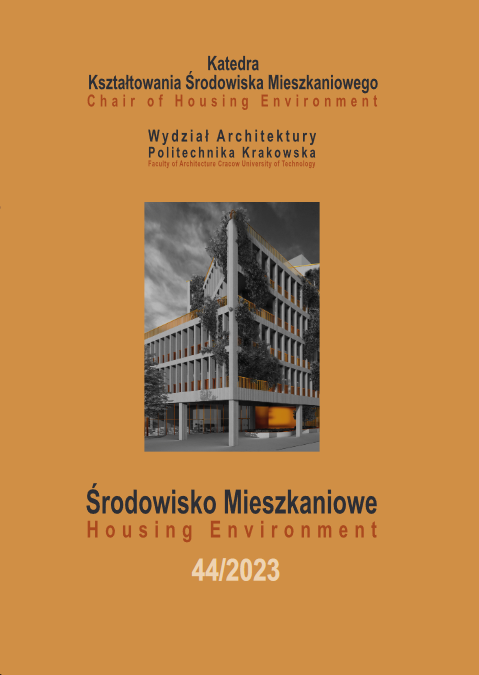Comparison of Policies of Protecting Historic Workers’ Housing Estates on the Example of Two European Industrial Agglomerations: the Ruhr Region and the Upper Silesian Agglomeration
Comparison of Policies of Protecting Historic Workers’ Housing Estates on the Example of Two European Industrial Agglomerations: the Ruhr Region and the Upper Silesian Agglomeration
Author(s): ANNA SULIMOWSKASubject(s): Architecture, Social history, Rural and urban sociology, Politics of History/Memory
Published by: Wydawnictwo Uniwersytetu Jagiellońskiego
Keywords: workers’ housing estate; industrial heritage; renewal; Ruhr Region; Upper Silesian Agglomeration;
Summary/Abstract: The process of the 19th-century industrialisation of areas rich in hard coal deposit in Europe caused two large industrial agglomerations to emerge: the Ruhr Region and the Upper Silesian Agglomeration. For nearly 2 centuries, their development was based on mining and metallurgy. In the initial period of their development, both regions grew in similar political and economic conditions within one state. The post-war division of Europe changed this and the two regions found themselves in a different political reality, which influenced the different way in which they developed and restructured in the following years. This paper compares policies of protecting and reviving historic workers’ housing estates which came into being as industry developed and which shaped the spatial structure of the developing agglomerations. They today form a valuable part of the industrial heritage of both regions. The objective of this paper is to demonstrate the evolution of the policy of pre- servation and renewal of historic workers' housing complexes, in the context of heavy industry restructuring. The research is based on an analysis of archival materials, comparisons of relevant source texts, and in-situ studies. The research results and conclusions can be applied as recommendations of the so-called good practices, which in the future will help to protect and revive historic workers’ districts, constituting a testimony to the shared European industrial culture.
Journal: Środowisko mieszkaniowe
- Issue Year: 2023
- Issue No: 44
- Page Range: 70-91
- Page Count: 22
- Language: English

